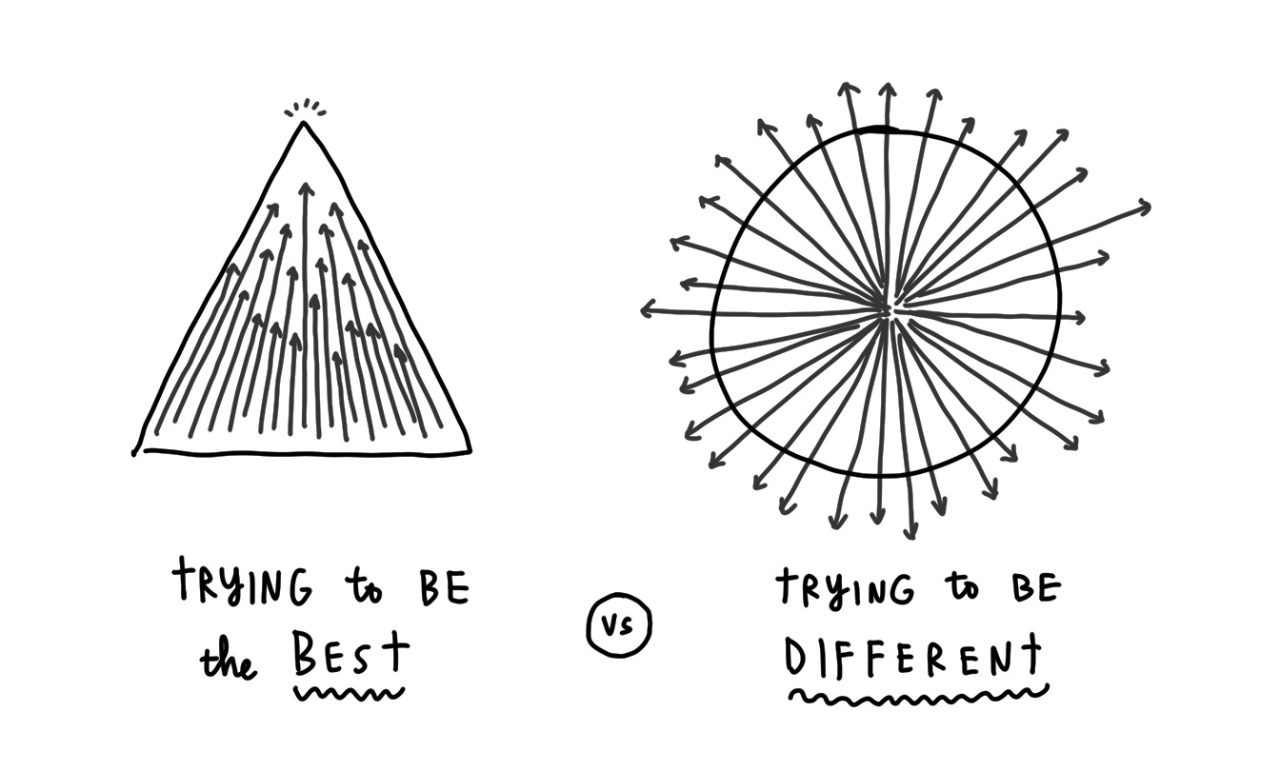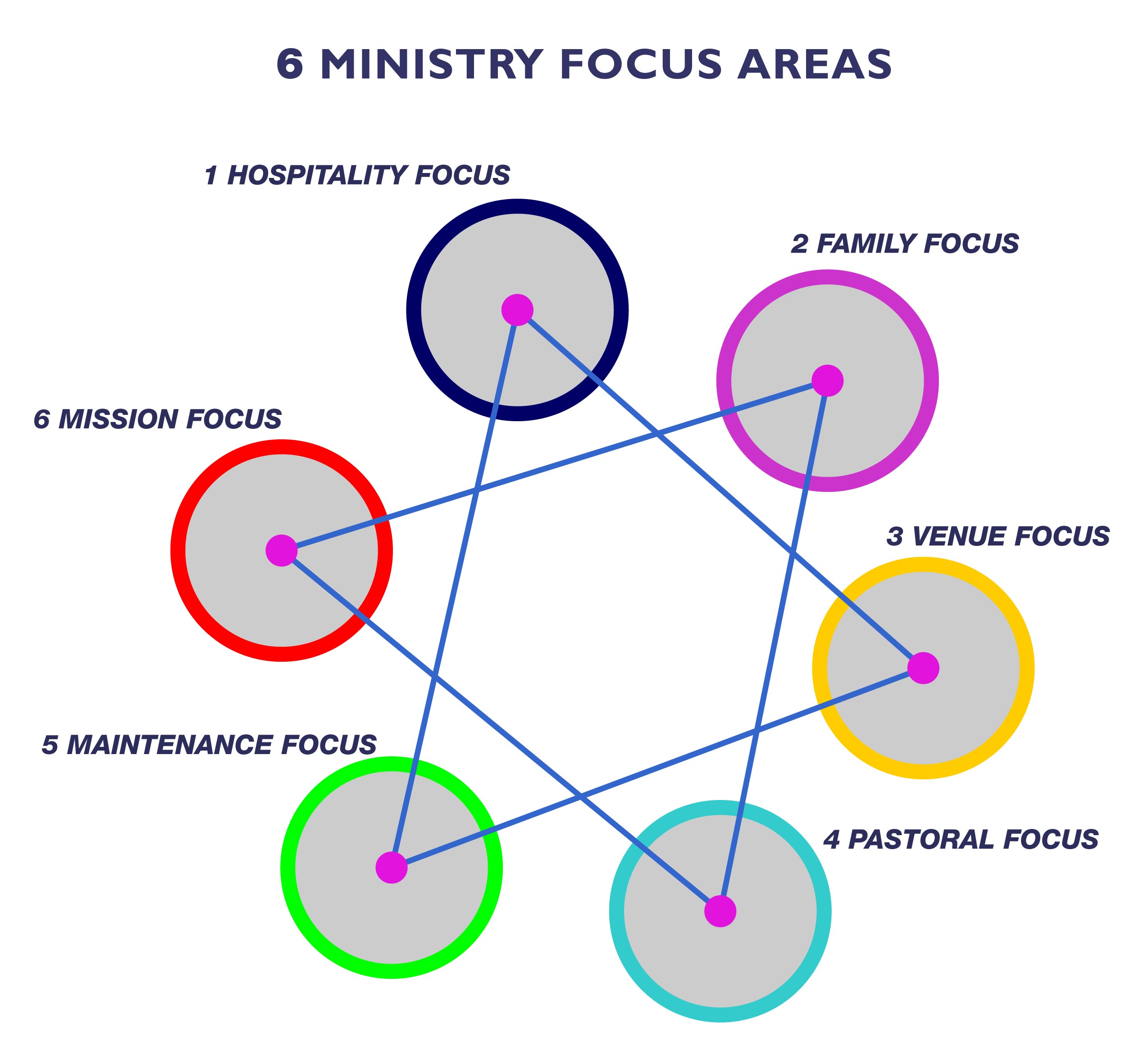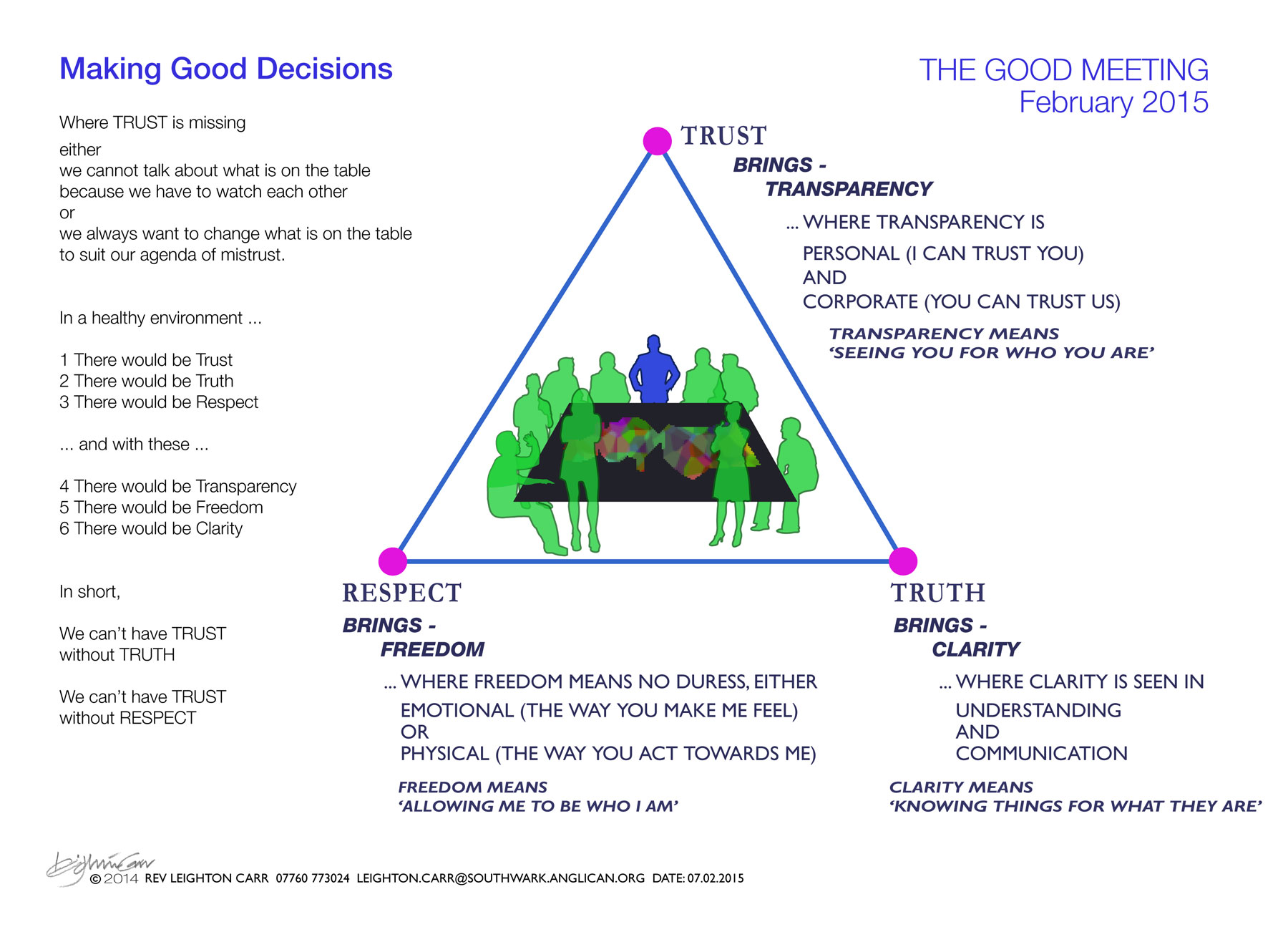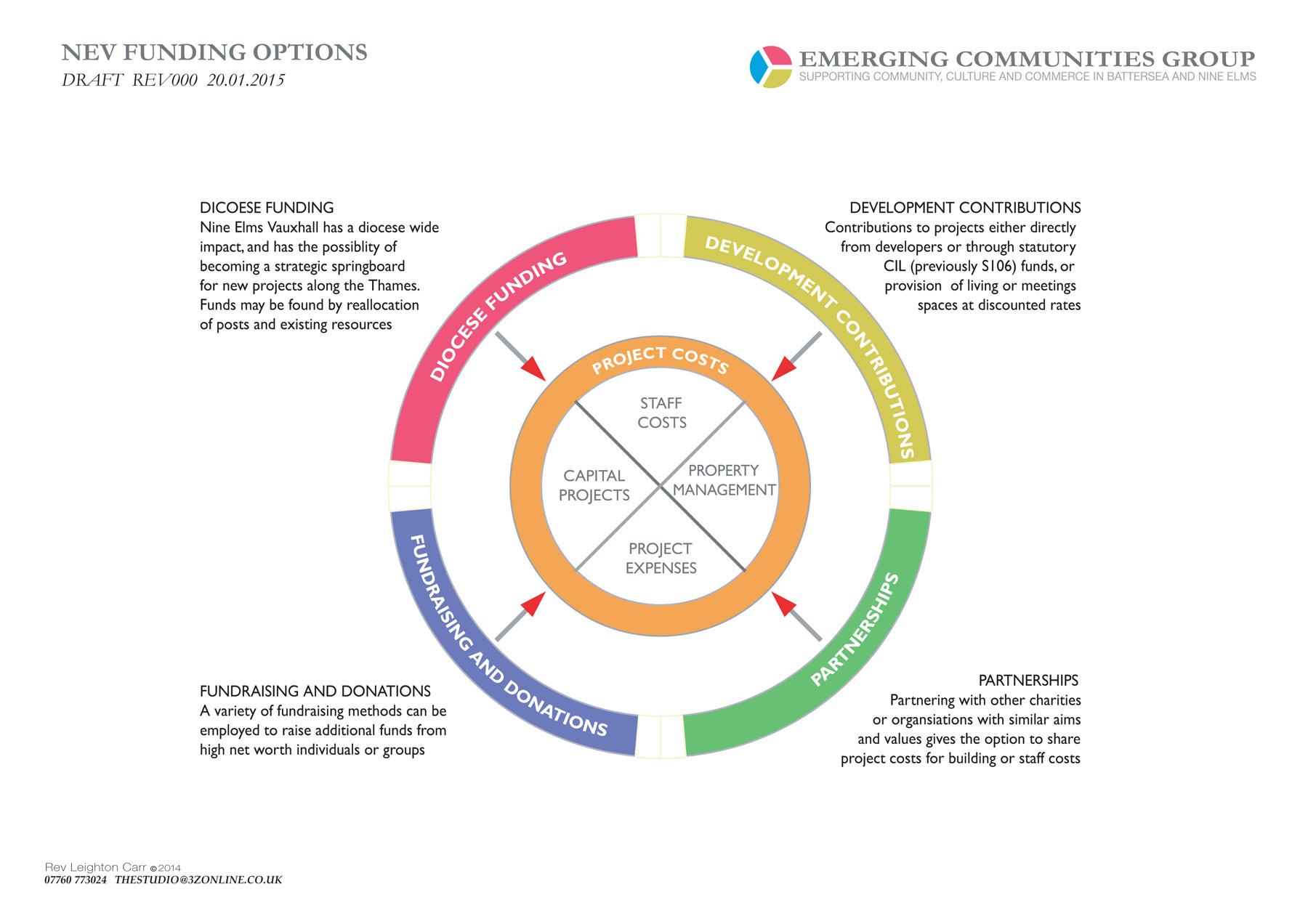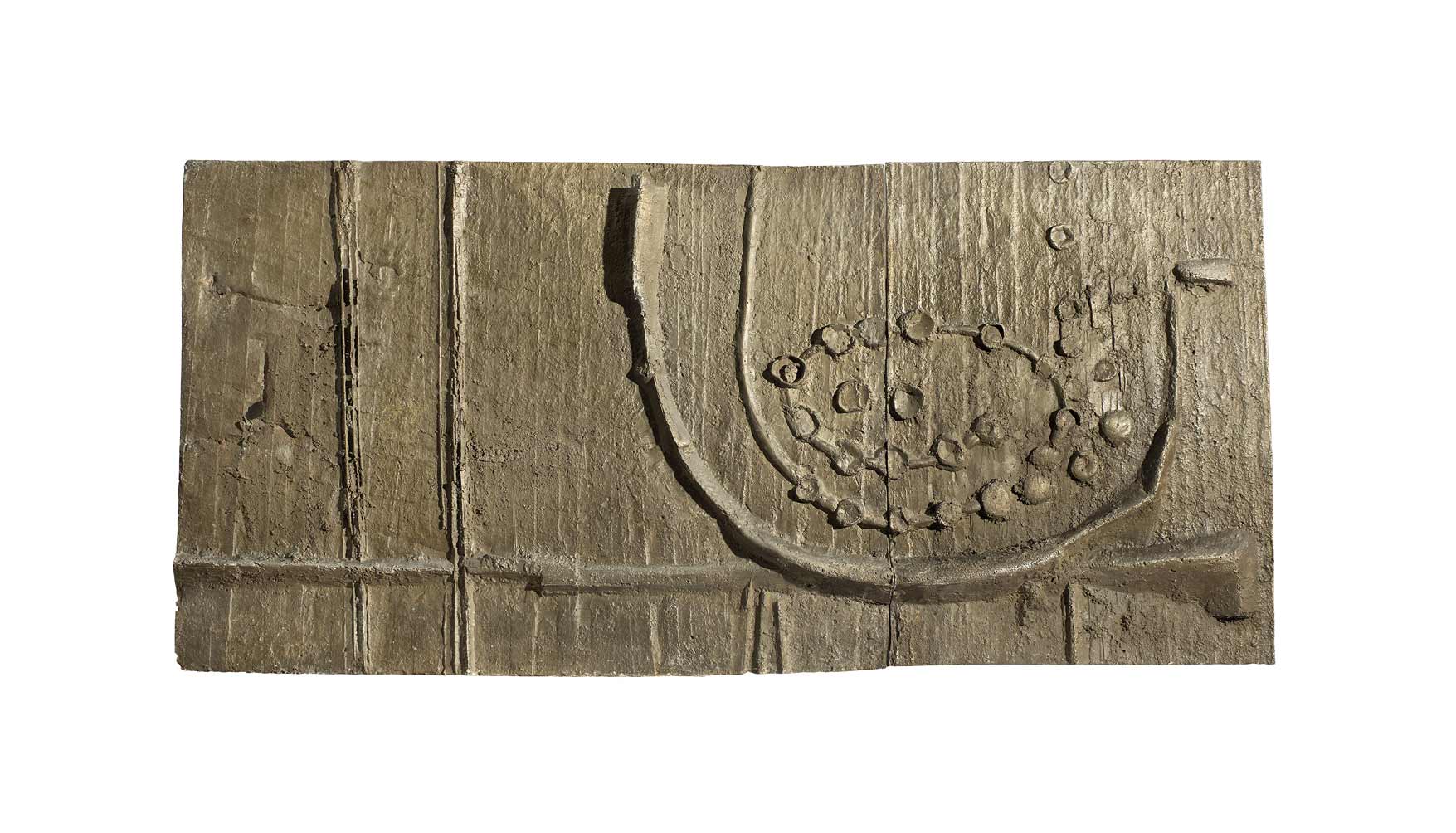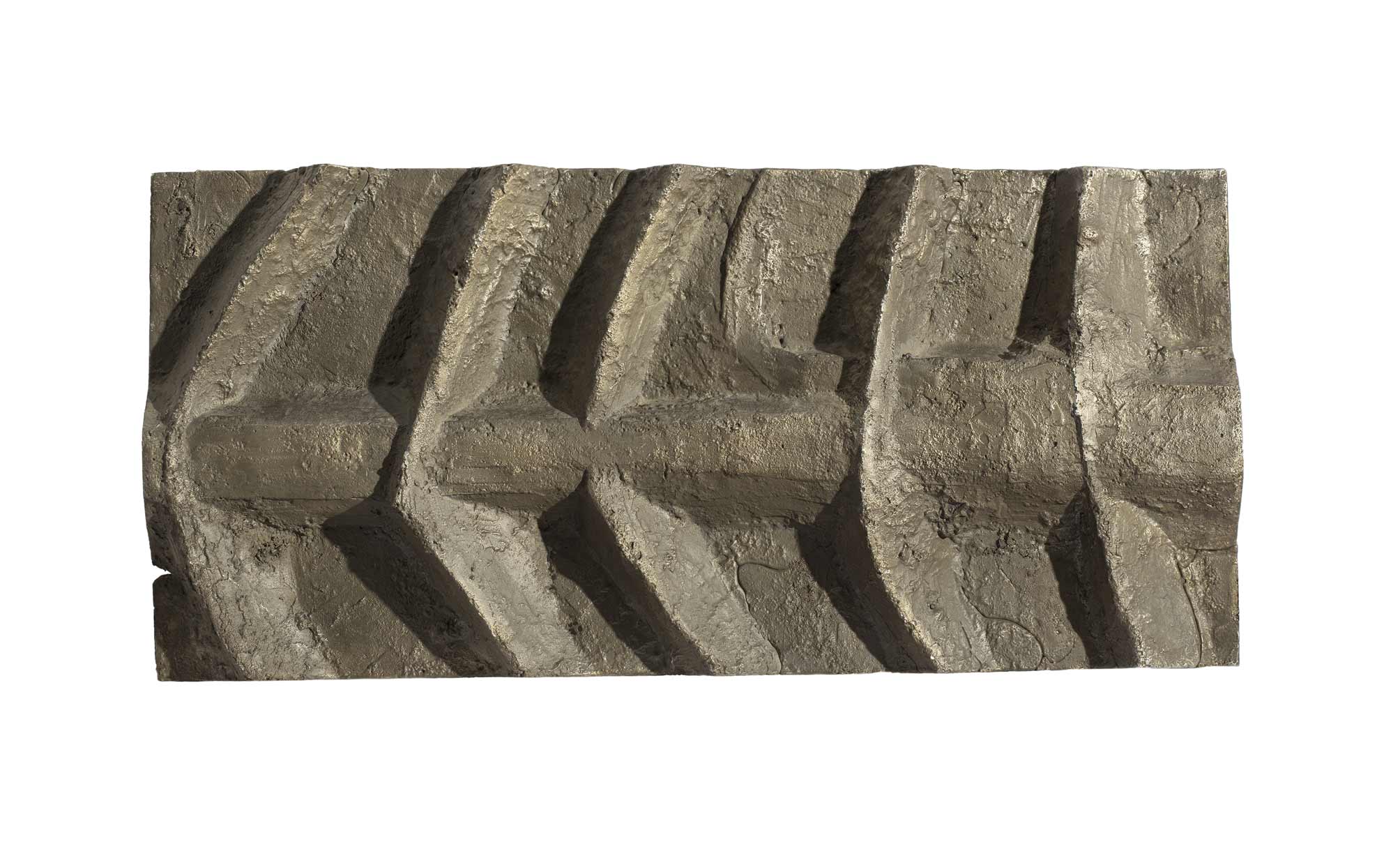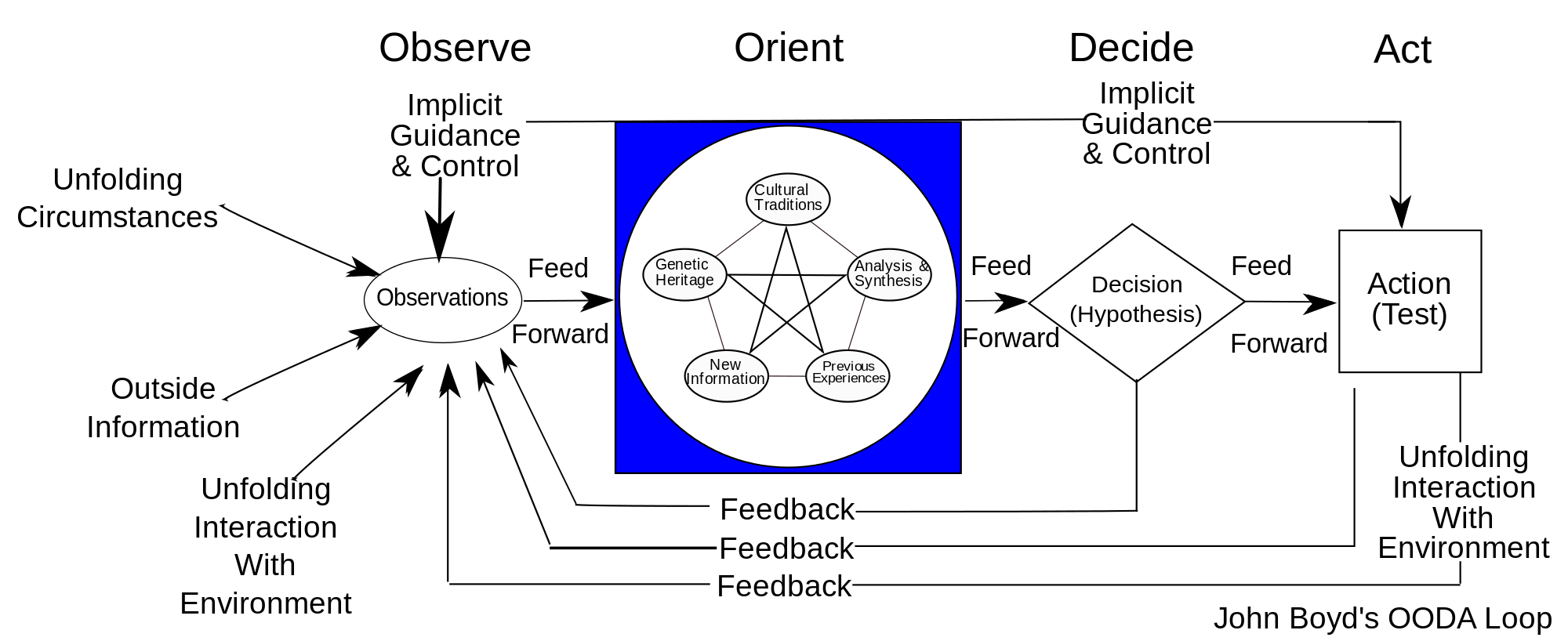I like this … and check out the website fueled by coffee …
Author: Leighton Carr
Managing Ministry Areas in large churches
A recent move forward in our church building programme forced us to backtrack for a moment (ironically) and ask the question:
How should we consult nearly 700 people on the church data base and an additional 100 or so regular attendees about what they think of the existing buildings?
The complexity became obvious very quickly:
30 or so ministries are split into teams around four main Sunday services and a couple of dozen midweek activities using any one of over 30 rooms. Some groups support main activities and some deliver main content. We have (it turns out) a tea towel rota, which I suppose is obvious (it can’t be fairies or angels) and a grass cutting rota, as well as rotas for preaching, music, food, hosting, and on and on …
This sprawling mass of people loosely formed around ad hoc lists of dates, times and telephone numbers didn’t help us shape an effective consultation, so first we had to design a simple structure to contain the information. To be more accurate, we added design to what was already practically happening, grouping ministries under appropriate headings. The diagram below is my simple solution – 6 ministry areas based on FOCUS.
This sort of thinking is not only useful for large churches I’m sure – many small organisations and churches need to manage complexity – and I’d be interested to know how others manage ministry areas … something for future research.
Trust Truth Respect …
I recently sat in two large and contrasting meetings. Both were dealing with complicated issues to do with other people’s lives.
- In one, the twenty people in the room were entirely focused on how to solve the problem.
- In the other, the twenty people in the room were distracted by … the other people in the room.
- And that reminded me that Trust is an essential part of good teamwork … and Trust is built on Truth and Respect.\r\n
Start
Do not wait;
the time will never be “just right”.
Start where you stand,\r\nand work with whatever tools you may have at your command, \r\nand better tools will be found as you go along.
Finding Funds
Parables of Leadership: Late Bob
Bob was a leader. He had strong values which had been developed over a few years of leadership. He shared his views about many subjects often and easily with people around him (reflecting his values of openness and authenticity) but he mostly shared his views about other members of the organisation (a high value on honest confrontation) and how they always resisted change and so would never grow personally or corporately (optimism wasn’t a key value for Bob).
Bob was in a team and Bob was always late. He never arrived on time for anything the team organised, and sometimes he didn’t arrive at all.
The team wanted to share Bob’s values but they also wanted him to appreciate theirs. They valued courtesy, restraint, consideration and kindness. But especially they valued their own time, and respecting other through promptness was one of their key values.
Bob’s carelessness over respecting their values made them sometimes wonder about Bob’s ….
Why should everyone be a theologian?
In a speech in 2002 Bishop Laurie Green said this:
“I am arrested by the words of Jürgen Moltmann: He writes,
“We are not theologians because we are religious; we are theologians because in the face of this world we miss God. We are crying out for his righteousness and justice and are not prepared to come to terms with mass death on earth.”
In the face of this world we miss God. But he then goes on to say this:
“But for me theology also springs from God’s love for life – the love for life that we experience in the presence of the life-giving Spirit and that enables us to move beyond our resignation and begin to love life here and now. These are also Christ’s two experiences of God: the kingdom of God and the cross, and because of that they are the foundations of Christian theology as well: God’s delight and God’s pain. It is out of the tension between these two that hope is born for the kingdom in which God is wholly in the world and the world is wholly in God.”
[From ‘Theology in the Project of the Modern World’, in A Passion for God’s Reign, ed Miroslav Volf. Eerdmans 1998]
Sculture Photos Move Ever Closer!!
Due to the wonderful photography of Walter Dirks we have some great photos of pieces of Geoffrey Clarke’s sculpture ‘Extraction and Refining of Oil‘. The beginning of a project to record the work …
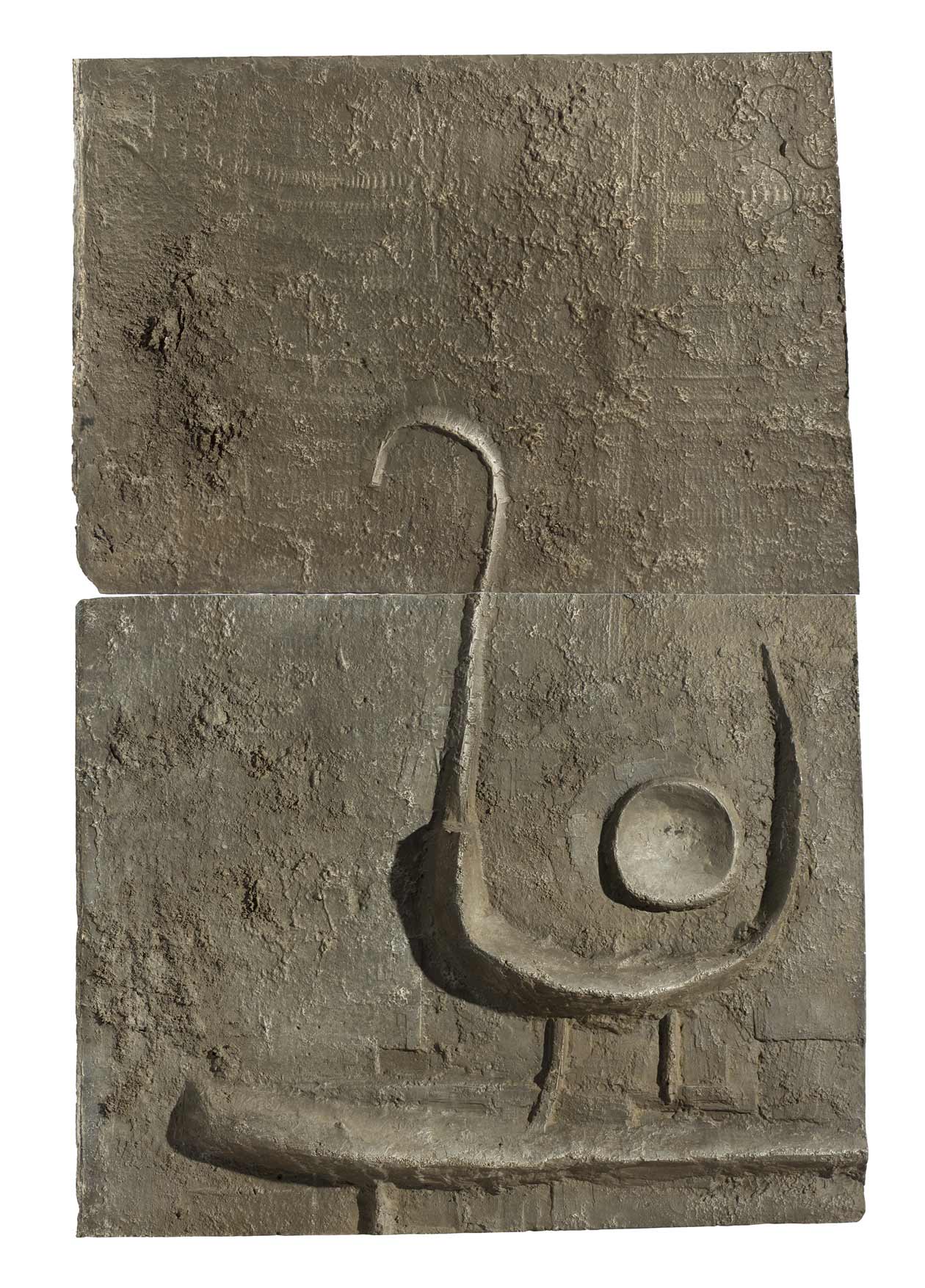
No Action – No Change
I was recently discussing with a friend the tendency in organisations to TALK about ISSUES rather than ACT to solve PROBLEMS.
Teams tie themselves in knots wrestling with high level issues (which can never be fully resolved) and either no longer see local problems or won’t act on smaller problems in the fear of contradicting some higher level values. In either case, they have forgotten how to act to act quickly to solve presenting problems.
This friend had spent much of his working life in the military and told me about the OODA Loop, also known as the Boyd Diagram after Colonel John Boyd, a fighter pilot and military strategist. Boyd deconstructed the process of combat and realised that if he could cycle and recycle through four activities quicker than the enemy he would win the fight.
The activities are:
- Observe
- Orientate
- Decide
- Act.
The essence is ACTION: nothing changes until the action is executed. Until then either nothing changes or the enemy strikes first.
My experience of most organisations is that they are more comfortable in Observe and Orientate and have a reticence Decide and Act to solve the problems waiting to be done.Here’s the OODA Loop:
12 Churches – 5 Points to Making Sunday Special
I recently had the opportunity to visit a wide range of different churches for their Sunday morning services. 12 of them. From Anglo Catholic to Brethren to New Wine to New Frontiers. The project (it became a project after about four churches) started with a simple invitation from two friends to visit the churches they lead. We enjoyed this variety so we went for a third church, and then a fourth, and then it became a project.
By the fourth church we had a routine, which was: agree a church, go to the church, go to the closest cafe to the church after the service, and discuss what we had just experienced. I made notes, but was after the sixth visit that I started to tabulate our observations. The more we saw and thought, the more we started to find it difficult to record the complexity of a ‘simple act of worship’ on a Sunday morning.
For example, we noticed how often it was difficult to find a parking space, or the front door, or a welcome. It became clear quite quickly that a morning service was not necessarily more liberated or creative where there was no written liturgy. In fact, almost all the churches not using a formal liturgy had a similar ‘deep structure’, that is, a similar pattern of music (same songs, same style) and speech.
Sometimes we were deeply uncomfortable, and although these times were few it was disturbing none the less to find ourselves ‘out of sorts’ with some churches. Other times we just felt as though we were there to ‘have church done to us’ by leaders who wanted us to be just … different people. The exercise required endless curiosity; without that it would have been a lesson in sameness.
Tabulating the different aspects of our experiences eventually became unwieldy, so to finish ‘The Project’ I wrote an Executive Summary with two basic rules:
- it had to fit on one side of A4 paper
- it had to result in Action Points; it must not be simply observational.
The result was a simple list of five of the most important points selected from many. Each point has one introductory sentence; one thought to expand it, and one action point dealing with each area.
The five points covered these areas, and expanded in five short blogs to follow:
- Values
- Creativity
- Accessibility
- Complexity
- Preaching
